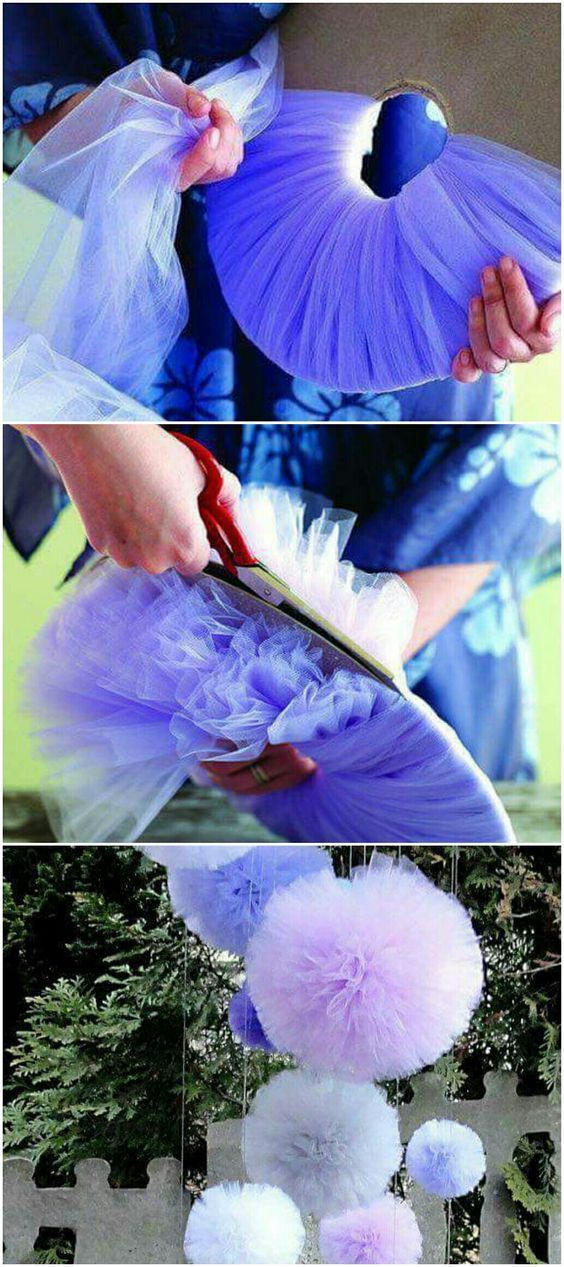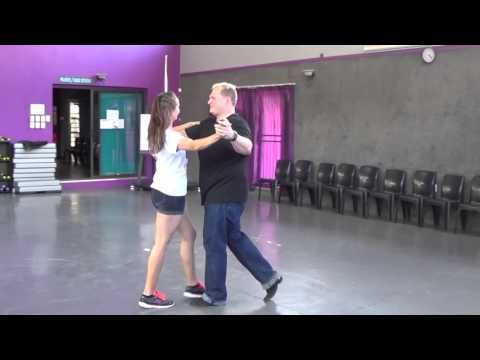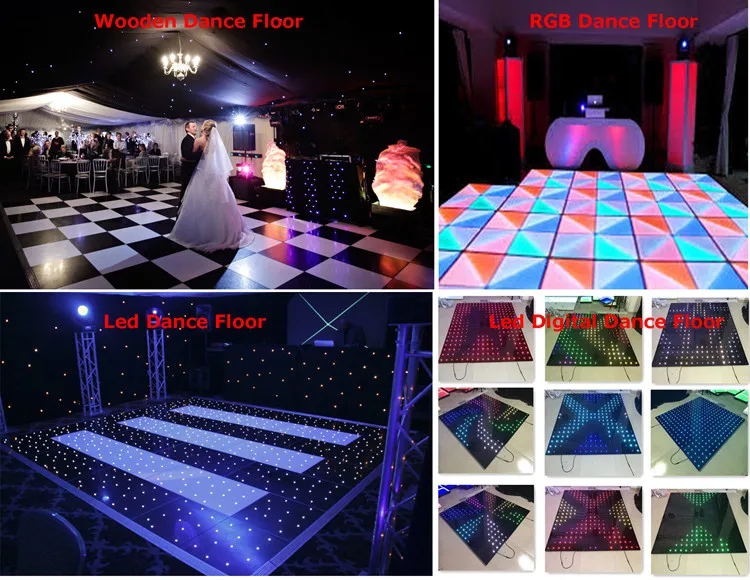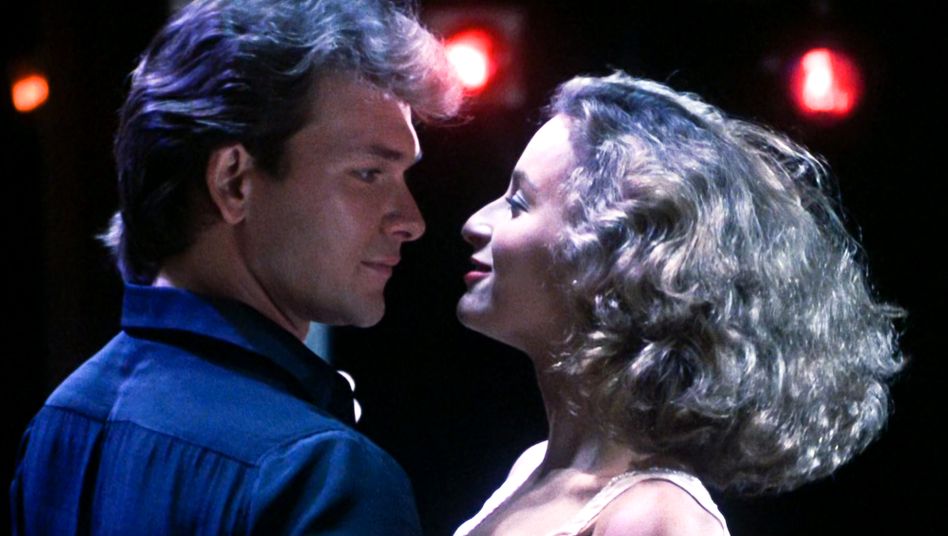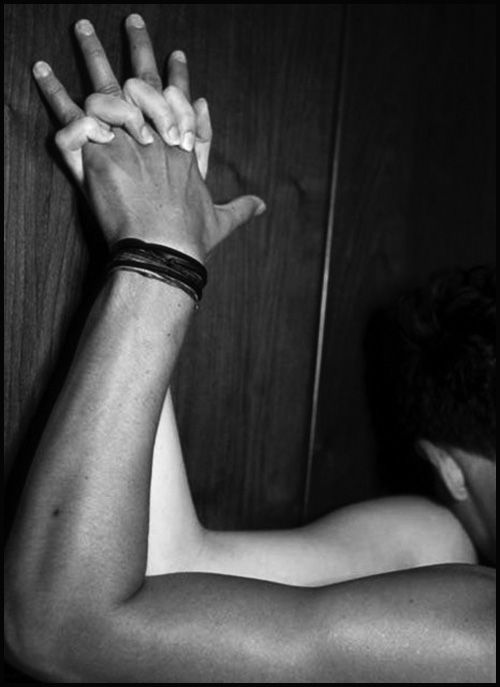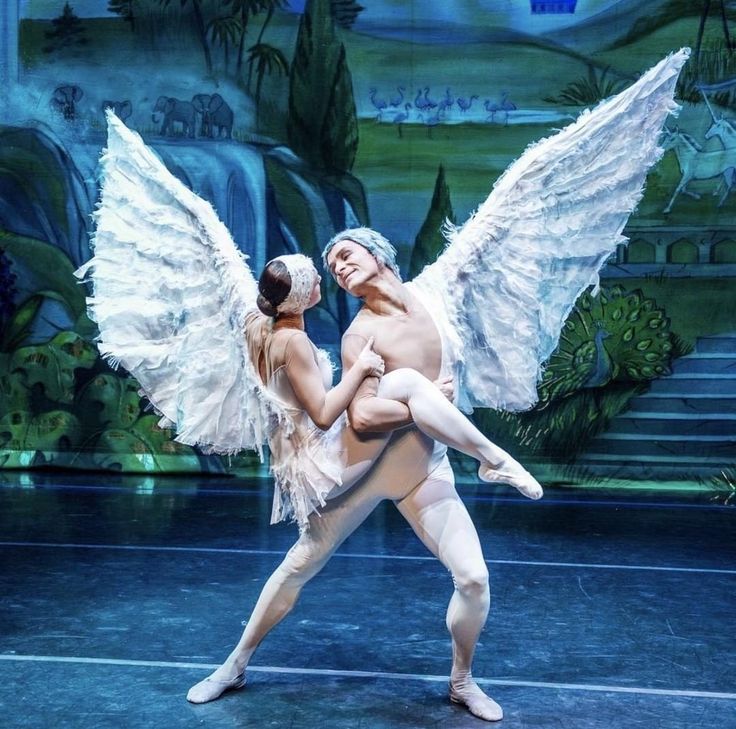How to shuffle dance musically
What Is The Shuffle Dance? Learn How To Do It In 5 Minutes!
In the recent years, we’ve seen a lot of EDM fans show off this weird, and somewhat new, dance move in a lot of music videos, throughout the web and on Youtube in their own personal videos. It seems like you are missing out on a lot of fun when you’re not sure what it’s all about and how to do it.
At first sight, it seems like the person is running while smiling and having a good time. To dance music fans, shuffling is more than just having a good time. As with most things EDM-related, it is a form of self expression, an accomplishment, and as some put it “a way to improve their mental and physical health”.
The Shuffle dance was developed in the 1980s, it is improvised dancing where the person repeatedly “shuffles” the feet inwards, then outwards, while thrusting their arms up and down, or side to side, in time with the beat.
Let’s go into more details and learn more about the dance and find out how you can start dancing it in 5 minutes!
Where did it start?
The Shuffling dance started in Melbourne, Australia, in the underground rave scene back in the early 1980s. Back then, it was known as the Melbourne Shuffle. With the growth of the electronic dance music scene around the world, Shuffling dance popularity grew and is now practiced by people from around the world at all the major EDM festivals. In 2012, the Melbourne Shuffle became a popular dance in the UK and became known as simply “The Shuffle”.
The Best Music For Shuffling
Melbourne’s underground scene in the early 90s was under the huge influence of Techno music. This high-BPM electronic music sub-genre placed the perfect beat for shuffle dancers. But shuffling became so popular that it crossed over into electro house and hardstyle genres. Today, shuffling spans into almost the full spectrum of electronic dance music. We’ve seen shuffling in videos from EDM, Trance, House, Techno, Electro and most of it’s sub-genres.
The best music for Shuffling is usually the more upbeat versions of electronic music. Although any EDM genre will work for the dance. Which makes Shuffling a very versatile dancing style: you can choose whatever music you want to dance on. There’s no limit to how much you can personalize this dance.
There’s no limit to how much you can personalize this dance.
Check out this Spotify playlist for music to Shuffle dance on.
Shuffling For Beginners
As a beginner, you have to learn to master just two basic moves before moving on to the more advanced stuff.
The first image below shows the T-step movement. The second is the same T-step combined with a variation of the running man dance. You can take a closer look at the dance by watching it being performed by Janet Jackson in the video of her hit “Rhythm Nation”.
A great tip you can keep in mind as beginners is that you can sprinkle talcum powder or add liquid to the floor to help you slide more smoothly and easily.
After mastering the basic shuffle moves you can now throw in some jumps, spins and slides. You’ll make the dance your own, having a complete shuffle routine that’s personalized and unique to you alone. After that, all you need is some awesome EDM banging music blasting through your speakers and let the fun begin!
Time To Learn How To Shuffle
Learning how to shuffle might seem like a difficult task, but it really isn’t!
When you take it slow, understand the steps and practice, you’ll be ready to hit the dance floor in no time!
As we previously mentioned, you’ll be starting out by learning the basic “running man” move. With time, you’ll be able to switch things up and add your unique twists to the overall dance. Hell, you might end up having a unique dance for every song, you’ll become the unstoppable Shuffle Master! Sounds awesome no?
With time, you’ll be able to switch things up and add your unique twists to the overall dance. Hell, you might end up having a unique dance for every song, you’ll become the unstoppable Shuffle Master! Sounds awesome no?
In the below tutorial video, you will learn the basics of Running Man. You’ll start by breaking down the steps easily and after that we put the steps to the counts and then to the music.
When getting started, keep these tips in mind:
1. Start slow – learn and practice the basics over a period of time
2. Dance in front of a mirror to better see what you’re doing
3. Copy the experts: watch Youtube videos to see how others are doing it
4. Wear good shoes and socks (or your feet will hurt like hell!)
5. Start slow, use slower BPM tracks such as deep house at first to get the hang of it first
6. Find people who already have mastered the dance and become friends, they’ll give you tips and tricks from their own experience
And most importantly, DON’T GIVE UP! Like everything in life, this will take it’s time to master and will need practice time, even though it looks easy in the videos.
Here Are Some Advanced Moves
The Kick Side Step:
The Charleston Shuffle:
Club Dance Footwork Moves:
Are There Any Benefits To Shuffling?
Shuffling, as you might have already discovered by now, is a lot of work. Your legs are moving, your hands are moving and your whole body is balancing itself throughout. You will be sweating in out when you shuffle, that’s almost a guarantee. But consider it a workout. Throughout the years, fitness experts and clubs have promoted dancing to music as a sort of exercise regime.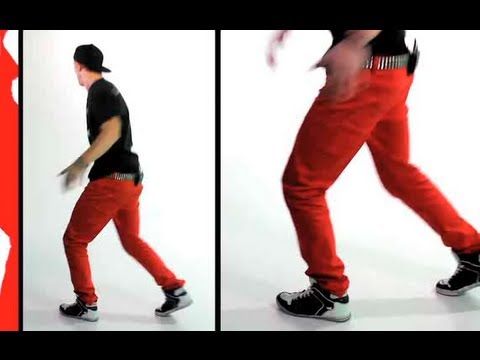 And it is! Nowadays, shuffling falls into that category.
And it is! Nowadays, shuffling falls into that category.
During a shuffling dance, your full body is moving and shaking. Burning around 500-1,500 calories an hour. Your leg muscles, calves, and glutes (and behind area) are getting toned with every passing minute, in addition to the toning of your abdominal muscles, with every twist and turn. Your legs get a serious focus, in addition to the muscles being stretched and toned, the joints and ligaments in your legs are getting some much needed attention. They’re getting extra strength with every active move.
But shuffling not only improves physical health. It can do wonders to your mental health as well. Similar to other physical workouts, shuffling releases endorphins into your nervous system. These are the anti-stress hormones, and the longer you shuffle, the longer they’ll stay in your system and the more stress and anxiety goes out of your way.Shuffling also improves mental focus, you’re in your zone trying to keep the rhythm going and focused on your moves, being in this mindful state is very beneficial to you. Once you’re in your rhythm and going about your dance, the success of every move will boost your confidence levels and keep you away from the everyday stresses of our lives. You’ll have a great sense of accomplishment after a successful streak. One dance will create a momentum in you to keep on going and try the more complex moves and get out of your comfort zone.
Once you’re in your rhythm and going about your dance, the success of every move will boost your confidence levels and keep you away from the everyday stresses of our lives. You’ll have a great sense of accomplishment after a successful streak. One dance will create a momentum in you to keep on going and try the more complex moves and get out of your comfort zone.
Speaking of “zones” being focused on your body movements will also bring you closer to the music. This deeper appreciation for the melodies and the detailed undertones of the track adds a special bond between you and your favorite artists.
There’s a whole community of Shuffle dancers out there. With the above knowledge and some time to practice, you’ll join them on the dance floor and you’ll be showing those awesome moves at the next EDM festival in no time!
Want more? Learn how to grind dance in minutes, go to our article right here.
Read More on EDM Festival Insider:
Master TikTok's Shuffle Dance in 4 Steps « Smartphones :: Gadget Hacks
- By Jake Peterson
- Social Media
- TikTok 101
What's the latest dance trend sweeping TikTok? The Shuffle Dance. If you just watch people doing the Shuffle Dance, especially the really good ones, you might think it's a bit complicated. In reality, it's really not that hard. It's just a handful of steps.
For the uninitiated, the Shuffle Dance is a fast-paced dance where you skip and hop in place. It's almost always set to "Friendships" by Pascal Letoublon, but not using any of the official tracks available via a TikTok search. You need to use the portion of the song that user rawston_ extracted and uploaded to TikTok. If you're going to post one of your own for this dance challenge, use that as the background music.
You need to use the portion of the song that user rawston_ extracted and uploaded to TikTok. If you're going to post one of your own for this dance challenge, use that as the background music.
As for the moves, all you need to do to master the Shuffle Dance is watch some good tutorials. Luckily, TikTok is full of them. Because it's so easy for TikTok users to add text to their videos, many of these tutorials have clear instructions for what you need to do in each step. The dance does differ depending on who you watch, however, so let's look at a couple of examples below.
- Don't Miss: Learn TikTok's 'Renegade' Dance in 20 Seconds
First up, fitnfesty. Her tutorial features four key steps:
- Make a triangle with your legs apart
- Bring back leg up, drag front leg halfway
- Drop leg that's up, drag other leg to the back
- Rock back and forth
@fitnfestyAnotha one #footwork #shuffle #runningman #shuffledance #dance #footworkchallange #shuffletutorial #fyp #footworktutorial
♬ 原聲 - wtb73d05h6
Next up, sammysteads. Her tutorial is actually more like three steps since you start with two counts of the same move:
- Start with two counts of the running man
- Whip your leg in front of you about knee high
- Now whip the same leg behind
@sammysteads#shuffletutorial #shuffledance #footworkchallenge #footworktutorial #dancetutorial #dancing #dancingchallenge #fyp #foryoupage #4yp
♬ 原聲 - wtb73d05h6
Finally, we like Smitty__Shuffles's Shuffle Dance tutorial, even though there aren't any written steps involved. His dance is like sammysteads' but with both legs instead of one:
His dance is like sammysteads' but with both legs instead of one:
- Cross right leg in front of the left
- Bring right leg back, stick it out away from you
- Hop, bringing the right leg behind the left
- Cross your left leg back, then bring it behind your right leg
@smitty_shufflesHaven't done a tutorial in a bit so here's another one for you guys! 👀👀 #duetthis #fyp #4u #foryou #dance #shuffle #shuffledance #tutorial
♬ 原聲 - wtb73d05h6
Don't Miss: Download Any TikTok Video on Your Phone — Even if They're Blocked from Saving
Keep Your Connection Secure Without a Monthly Bill. Get a lifetime subscription to VPN Unlimited for all your devices with a one-time purchase from the new Gadget Hacks Shop, and watch Hulu or Netflix without regional restrictions, increase security when browsing on public networks, and more.
Get a lifetime subscription to VPN Unlimited for all your devices with a one-time purchase from the new Gadget Hacks Shop, and watch Hulu or Netflix without regional restrictions, increase security when browsing on public networks, and more.
Buy Now (80% off) >
Other worthwhile deals to check out:
- 41% off a home Wi-Fi analyzer
- 98% off a learn to code bundle
- 98% off an accounting bootcamp
- 59% off the XSplit VCam video background editor
- Hot
- Latest
Melbourne shuffle (dance) - frwiki.wiki
For articles of the same name, see Shuffle.
Stirring.
Work people in Melbourne shuffle.
The Melbourne shuffle (or MelbShuffle for short) is a dance born in the late 1980s in Australia, more specifically in the underground scene in Melbourne, Australia's second largest city. The basic movements in this dance involve the rapid movement of the heels and toes, but a few variations involve hand movements. In terms of musical style, the Melbourne shuffle prefers the fastest electronic music.
The basic movements in this dance involve the rapid movement of the heels and toes, but a few variations involve hand movements. In terms of musical style, the Melbourne shuffle prefers the fastest electronic music.
Dance with variations spontaneously practiced in Quebec in 1987.
History
Melbourne shuffle is one of several dances that emerged during the heyday of acid house in the 1990s. Although the exact origins of this style are unknown, it bears a strong resemblance to previous styles of jazz dance.
Summary
- 1 1980s and 1990s
- 2 Since 2000s
- 3 features
- 4 Music
- 5 media
- 6 Notes and references
1980s and 1990s
The Melbourne shuffle is beginning to emerge as a separate dance, incorporating more hand movements than previous styles. The first video showing that the style exists was filmed one night. at Sarah Sands Hotels in Melbourne.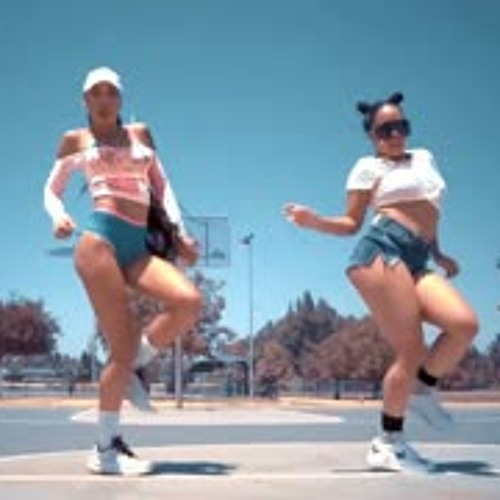 Techno was gradually replaced by trance and acid house music. A series of videos documenting the style during this decade explain how the style became popular. This dance is characterized by many variations, but the heel-toe movement remains the main key movement, giving rise to the term Melbourne Shuffle.
Techno was gradually replaced by trance and acid house music. A series of videos documenting the style during this decade explain how the style became popular. This dance is characterized by many variations, but the heel-toe movement remains the main key movement, giving rise to the term Melbourne Shuffle.
Since 2000s
In 2006, with the advent of YouTube, dancers contributed to the international Internet shuffling, published (uploaded) their own versions and learned from others. In 2007, thousands of Australians created a similar fashion phenomenon for the tecktonik (or electro vertigo dance) in France. Having a different mindset than former Melbourne shufflers, most of the participants in this phenomenon are between the ages of 12 and 17. They create "teams", they "fight" and have dance battles, contrary to the culture of the Melbourne shuffle, the true spirit of which is to express themselves by dancing, dancing, having fun through music and dancing as everyone wants. The word unites (or unites) both real shufflers and ravers: PLUR, which means peace, love, unity, respect . This word also comes from rave, like "Melbourne shuffle". These teenagers are changing their dance style, their favorite shuffle music becomes hardstyle, a musical style very common in the Netherlands, Belgium, northern France and Spain. However, there is still a lot of old-school Melbourne shuffle that only dances in clubs, parties or even techno festivals.
The word unites (or unites) both real shufflers and ravers: PLUR, which means peace, love, unity, respect . This word also comes from rave, like "Melbourne shuffle". These teenagers are changing their dance style, their favorite shuffle music becomes hardstyle, a musical style very common in the Netherlands, Belgium, northern France and Spain. However, there is still a lot of old-school Melbourne shuffle that only dances in clubs, parties or even techno festivals.
Characteristics
Known to the people of Melbourne as "shuffling", the name "melbourne shuffling" has been derived from foreign DJs, party/rave parties, attendees and the media trying to describe the phenomenon. Australian newspaper The Age mentioned that it was like "a cross between a chicken dance and robot kicks", but it has simply been referred to as "shuffling" by Melbourneers since 1992. A few dancers dust him with talcum powder on the floor below. their feet to help them glide more easily, some of them involve spinning (milling) 360° or jumping in their movements. Many people use "fat pants (in)" for the Melbourne shuffle because they hide the actual movement of the legs, making the dance smoother. The 'Phat Pants' are wide-leg trousers that are used by shufflers and ravers for water bottles carried in their very large pockets, and to ventilate the feet because after long hours of dancing. To rave, the sweat on the calves itches and is very unpleasant. “Everyone has their own unique veil that reflects their personality”, with colors, patterns, most often reacting to light (reflective material). Some shufflers also use liquid derived from the word popping to relax and "feel the music".
Many people use "fat pants (in)" for the Melbourne shuffle because they hide the actual movement of the legs, making the dance smoother. The 'Phat Pants' are wide-leg trousers that are used by shufflers and ravers for water bottles carried in their very large pockets, and to ventilate the feet because after long hours of dancing. To rave, the sweat on the calves itches and is very unpleasant. “Everyone has their own unique veil that reflects their personality”, with colors, patterns, most often reacting to light (reflective material). Some shufflers also use liquid derived from the word popping to relax and "feel the music".
Music
The music that the first shufflers danced to in the late 80s was house and acid house. In the early 1990s, when trance music became popular, the dance style changed to "slid" or "slide". He returned to the old style when the minimalist house appeared. In 2007, shufflers typically listen to hard trance, hardstyle, hard house, hard dance, and electro. Although the shuffling dance style can be performed on any genre of music, there is a preference for music with a tempo of 130-150 BPM, although ultimately the music depends on the tastes of the shuffle.
Although the shuffling dance style can be performed on any genre of music, there is a preference for music with a tempo of 130-150 BPM, although ultimately the music depends on the tastes of the shuffle.
mass media
The Melbourne shuffle has remained relatively underground since its inception in the late 1980s and early 1990s. The term "Melbourne Shuffle" was written into the media when Rupert Keiller of the musical group Sonic Animation was interviewed on an Australian music television show. The editor asks Rupert what his unique style of dancing is, and he replies, Melbourne Shuffle. B Australian newspaper Age mentioned the term in a front page article in an attempt to illustrate what the Melbourne shuffle is all about.
In 2004, Six Flags launched an ad campaign featuring Mr. Six, an old man performing Melbourne shuffle, jumpstyle and tectonics.
The shuffling has spread to Malaysia, where "competitions and random gatherings" are held. Shufflers export their "self-expressive" art form and dance style overseas, and are regularly seen at raves in the UK, Germany, Malaysia as well as Thailand where shufflers can be seen on the beaches of Koh Pang Ngan during the Full Moon Rave.
Shufflers export their "self-expressive" art form and dance style overseas, and are regularly seen at raves in the UK, Germany, Malaysia as well as Thailand where shufflers can be seen on the beaches of Koh Pang Ngan during the Full Moon Rave.
A documentary on the subject called Melbourne Shuffler was made in 2004-2005 and then released in late 2005 on DVD.
Notes and links
- ↑ (in) Graham St John Rave Culture and Religion (read online) , pp. 57.
- ↑ (c) " Swing Lessons from Australia ", (accessed December 28, 2013) .

- ↑ a b and c (en) " The Age Melbourne Shuffle ", on The Age, (accessed 28 December 2013) .
- ↑ (c) " Dance Trance " on The Age, (accessed June 6, 2019)
- ↑ (in) " Mr. Six Six Flags Ad " (accessed May 7, 2012) .
- ↑ (in) " Melbourne Shuffler (2005) " on IMDB (accessed December 28, 2013) .

how we tried to learn to dance / Sudo Null IT News
Hello everyone! My name is Vladislav Mosin, I am a 4th year student of the bachelor's program “ Applied Mathematics and Informatics ” at the St. Petersburg HSE. Last summer, together with Alina Pleshkova, a master student of our faculty, I did an internship at JetBrains Research. We have been working on the Music2Dance project, the goal of which is to learn how to generate dance moves that fit the given music. This can be used, for example, when teaching dance on your own: I heard music, launched the application, and it showed movements that are harmoniously combined with this music.
Looking ahead, I will say that our results, unfortunately, turned out to be far from the best models of motion generation that currently exist. But if you are also interested in understanding this problem, I invite you under cat.-Step-7.jpg/aid1640374-v4-728px-Shuffle-(Dance-Move)-Step-7.jpg)
Existing approaches
The idea of generating dance from music is quite old. Probably the most striking example is dance simulators like Dance Dance Revolution, where the player has to step on panels on the floor that glow in time with the music, and thus a kind of dance is created. Also a beautiful result in this area is the creation of dancing geometric shapes or 2D men.
There are also more serious works - the generation of 3D movements for people. Most of these approaches rely solely on deep learning. The best results for the summer of 2020 were shown by the DanceNet architecture, and we decided to take it as a baseline. Next, we will discuss their approach in more detail.
Data preprocessing
In the task of generating dance from music, there are two types of data: music and video, and both need to be preprocessed, since models cannot work with raw data. Let's talk about the processing of each type in a little more detail.-Step-6.jpg/aid1640374-v4-728px-Shuffle-(Dance-Move)-Step-6.jpg)
Music: onset, beats, chroma
Probably the most common way to extract features from audio is to calculate the spectrogram or melgram - converting the sound from the amplitude domain to the frequency domain using a Fourier transform. However, in our task we are working with music, not an arbitrary audio signal, and low-level analysis is not suitable in this case. We are interested in rhythm and melody, so we will extract onset, beats and chroma (the beginning of the note, rhythm and mood of the melody).
Video: extracting the human pose
This is where things get a lot more interesting. A primitive approach - to try to predict the next frame from a video of dancing people - is doomed to failure. For example, the same dance filmed from different distances will be interpreted differently. In addition, the frame size of even a small resolution (for example, 240x240) exceeds several tens of thousands of pixels.
To get around these problems, extract the person's pose from the video. The pose is set by a certain number of physiologically key points of the body, according to which it can be restored in its entirety. Such points include, for example, the head and pelvis, elbows and knees, feet and hands.
The pose is set by a certain number of physiologically key points of the body, according to which it can be restored in its entirety. Such points include, for example, the head and pelvis, elbows and knees, feet and hands.
This method allows you to reduce the dimension of the input data (after all, instead of a frame with several tens of thousands of parameters, the input is a low-dimensional vector), and also allows you to concentrate more on movements.
An important feature of this method is the way in which keypoint positions are stored. For example, if you store just absolute positions in 3D space, then the problem of non-fixed bone lengths arises: the distance between the lower leg and knee or shoulder and elbow can change from frame to frame, which is not the expected behavior. To avoid such problems, the position of one point of the person, namely the middle of the pelvis, is fixed, and the position of all the others is set through the length of the bone and the angle of rotation relative to the previous point.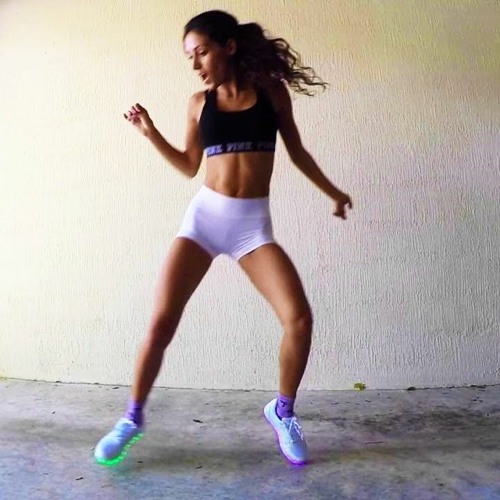 Let me explain with an example: the position of the hand is set through the length of the radius, as well as rotation relative to the elbow.
Let me explain with an example: the position of the hand is set through the length of the radius, as well as rotation relative to the elbow.
DanceNet Architecture
DanceNet Architecture. Source: https://arxiv.org/abs/2002.03761The DanceNet architecture consists of several main parts:
-
Music encoding;
-
Classification of music by style;
-
Video frame coding;
-
Prediction of the next frame from previous ones and music;
-
Decoding the received frame.
Let's take a closer look at each of the parts:
-
Music coding. The pre-converted audio signal is encoded using a convolutional neural network with a Bi-LSTM layer.
-
Classification of music by style. Similar to the previous point, a convolutional neural network with a Bi-LSTM layer.
-
Frame encoding-decoding. Small two-layer convolutional network.
-
Next frame prediction.
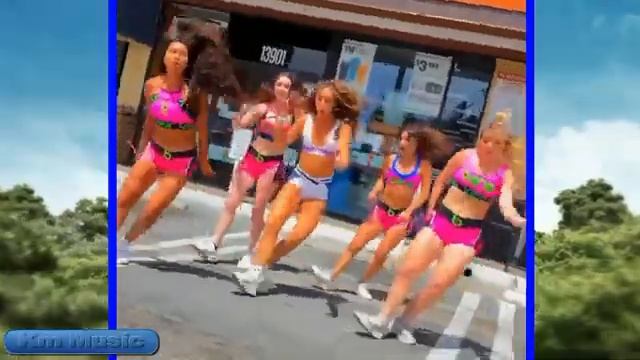 The most meaningful part of the architecture, which actually predicts the next pose from the previous ones and the music. Consists of blocks of dilated (expanded) convolutions with skip connections.
The most meaningful part of the architecture, which actually predicts the next pose from the previous ones and the music. Consists of blocks of dilated (expanded) convolutions with skip connections.
DanceNet accepts music and a set of poses as input, but it gives out not just a pose, but a parameterization of the normal distribution - the mathematical expectation and variance, from which the answer is sampled, and minus the probability of correct position is used as a loss function.
Our solution
Existing deep learning solutions have one major problem. To look realistic, you need to manually implement various kinds of restrictions. For example, the elbows and knees cannot bend in the opposite direction, with a static position of the body, the center of gravity must be between the feet, and many other restrictions. To solve this problem automatically, we propose to use reinforcement learning. The main part of this approach is the presence of an environment that will not allow the agent to make incorrect positions.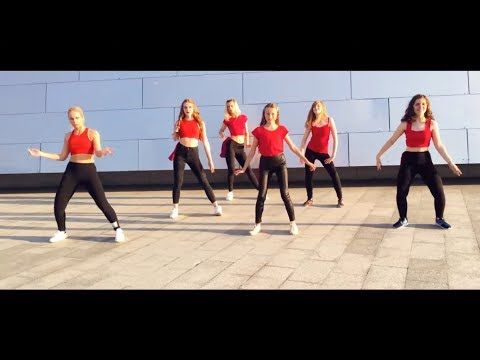
Our solution consists of four main parts:
Dataset
One of the main issues in solving machine learning problems is the choice of dataset. For the dance generation task for the summer of 2020, there were no good quality open datasets, and the authors of the existing solutions collected them on their own. In the article, which we took as a baseline, they seriously approached the issue of data and filmed several hours of professional dances. Unfortunately, they refused to share the dataset solely for the benefit of science. Since it’s quite sad to live without a dataset, I had to come up with something. As a result, we decided to create a dataset from what was at hand: a video from YouTube and a library for detecting the position of a person VIBE.
DanceNet
In our solution, we used the original model from the article with one small change - we removed the music classification, since, firstly, our goal was to generate dance from any music, and secondly, the collected data did not contain markup and were very diverse musically.-Step-12.jpg/aid56699-v4-728px-Shuffle-(Dance-Move)-Step-12.jpg)
RL model
The task of the RL model is to correct the position of the body so that it looks more realistic. At the input, the model takes the movement (for each point, the difference between the new and old positions) and the old position of the body, and outputs the corrected new position at the output.
Consider the model in detail. Reinforcement learning has two main parts: the learning algorithm and the environment.
The structure of reinforcement learning algorithmsAs reinforcement learning algorithms, we decided to choose one algorithm that uses Q-Learning (our choice fell on TD3 as the most stable and expressive) and one that does not use (we settled on PPO ).
With the environment, everything turned out to be not as simple as with the algorithms. In a good way, there is no ideal ready-made environment for this task, and you need to implement it yourself. However, writing an environment that will be completely correct from the point of view of physics is a rather complicated and lengthy task that requires additional knowledge. In this regard, we decided to use the ready-made environment Humanoid , which is designed to teach the agent to move as fast as possible and not fall.
In this regard, we decided to use the ready-made environment Humanoid , which is designed to teach the agent to move as fast as possible and not fall.
Loss function
The main task of the loss function is to take into account both the reward of the environment, which does not allow accepting unrealistic positions, and compliance with the position from the dataset.
where S is the position, S real is the correct position, R is the reward of the environment.
Model in testing phase
Solution architecture. Testing era At the training phase, the model predicted the next position of the body from the previous and music, however, at the testing phase, only music enters the model, and there are no previous positions. To prevent this from becoming a problem, we added a few seconds of steady stillness at the beginning to all the dances. Now, at the testing epoch, we can initialize the previous positions with this most motionless stable equilibrium and predict the next one based on the music.

